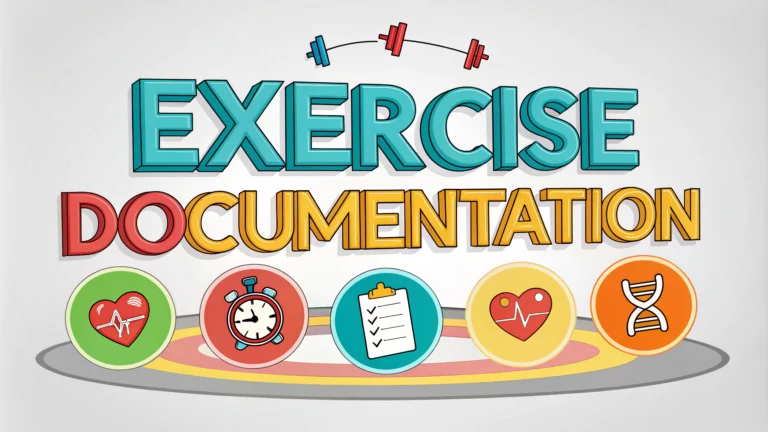Exercise documentation represents a critical element of penetration testing that helps maintain organization, track findings, and create detailed reports.
Proper documentation enables teams to replicate tests, validate results, and provide clear evidence of security vulnerabilities to stakeholders.
This article outlines effective documentation practices for penetration testing engagements, helping security professionals maintain professional standards and deliver actionable results.
Essential Documentation Components
- Scope and objectives of the penetration test
- Testing methodology and approach
- Tools and techniques utilized
- Findings and vulnerabilities discovered
- Evidence and screenshots
- Remediation recommendations
Documentation Tools
| Tool | Purpose |
|---|---|
| KeepNote | Hierarchical note-taking with rich text formatting |
| Dradis | Collaborative reporting platform for security teams |
| Microsoft OneNote | Multi-platform note-taking with cloud sync |
Best Practices for Documentation
Document findings in real-time to prevent loss of important details.
Use standardized templates for consistency across team members and projects.
Include timestamps for all testing activities and discoveries.
Store evidence securely with proper encryption and access controls.
Evidence Collection Guidelines
- Take clear screenshots showing vulnerability details
- Record terminal output for command-line operations
- Save network traffic captures when relevant
- Document system states before and after testing
- Maintain hash values of collected evidence
Report Structure
- Executive Summary
- Testing Methodology
- Findings and Vulnerabilities
- Risk Ratings
- Remediation Steps
- Technical Details
- Supporting Evidence
Legal Considerations
Maintain documentation that proves testing authorization and scope.
Store sensitive client data according to regulatory requirements.
Include disclaimers and confidentiality statements in reports.
Taking Your Documentation Forward
Create a documentation review process to ensure quality and completeness.
Establish version control for all documentation artifacts.
Build a knowledge base from documented findings for future reference.
Contact professional organizations like OWASP (https://owasp.org) for additional documentation templates and guidelines.
Documentation Maintenance
Regular review and updates of documentation ensure its continued relevance and accuracy over time. Teams should implement a systematic approach to documentation maintenance.
- Schedule quarterly reviews of documentation templates
- Update tool-specific documentation as new versions release
- Archive outdated documentation with proper labeling
- Maintain changelog for significant documentation updates
Quality Assurance Measures
Implement quality checks to maintain high documentation standards across penetration testing projects.
- Peer review of documented findings
- Technical accuracy verification
- Consistency checks across different team members
- Client feedback integration
Integration with Security Workflows
Documentation should seamlessly integrate with existing security processes and tools.
- Link findings to ticket management systems
- Integrate with vulnerability management platforms
- Connect to continuous security testing pipelines
- Enable automated report generation where possible
Advancing Professional Documentation
Documentation practices evolve with industry needs and technological advancement. Organizations should focus on continuous improvement of their documentation processes.
Establish metrics for documentation quality and completeness to drive improvements. Consider implementing automation tools for routine documentation tasks.
Build a culture that values thorough documentation as a cornerstone of professional security practice. Regularly share best practices and lessons learned within the security community.
FAQs
- What is penetration testing documentation and why is it important?
Documentation in penetration testing is a detailed record of all testing activities, findings, and methodologies used during security assessments. It’s crucial for legal compliance, client communication, and providing an audit trail of the testing process. - What are the essential components of a penetration testing report?
A complete penetration testing report must include an executive summary, methodology, scope, findings with severity ratings, technical details, proof of concept, and remediation recommendations. - How should vulnerabilities be categorized in documentation?
Vulnerabilities should be categorized by severity (Critical, High, Medium, Low), with CVSS scores, impact assessment, and clear descriptions of the potential risks and affected systems. - What tools should be used for penetration testing documentation?
Professional documentation tools include Dradis, PlexTrac, DefectDojo, and Microsoft Office Suite. Screenshots, network diagrams, and logging tools are also essential for comprehensive documentation. - What legal considerations should be included in penetration testing documentation?
Documentation must include scope authorization, testing boundaries, signed agreements, testing windows, and any specific compliance requirements (PCI-DSS, HIPAA, etc.). - How should exploited vulnerabilities be documented?
Each exploited vulnerability should be documented with the exact steps taken, tools used, timestamp of exploitation, affected systems, and proof of concept evidence. - What should be included in the remediation recommendations section?
Remediation recommendations must include specific steps to fix vulnerabilities, priority levels, resource requirements, and potential impact of implementing fixes. - How long should penetration testing documentation be retained?
Documentation should be retained according to industry regulations and client requirements, typically 1-3 years, with proper security controls to protect sensitive information. - What is the difference between technical and executive documentation?
Technical documentation contains detailed testing procedures and findings for IT teams, while executive documentation provides high-level summaries and risk assessments for management decisions. - How should screenshots and sensitive data be handled in documentation?
Screenshots should be clearly labeled, redacted of sensitive information, and stored securely. Sensitive data must be handled according to data protection regulations and client requirements.







